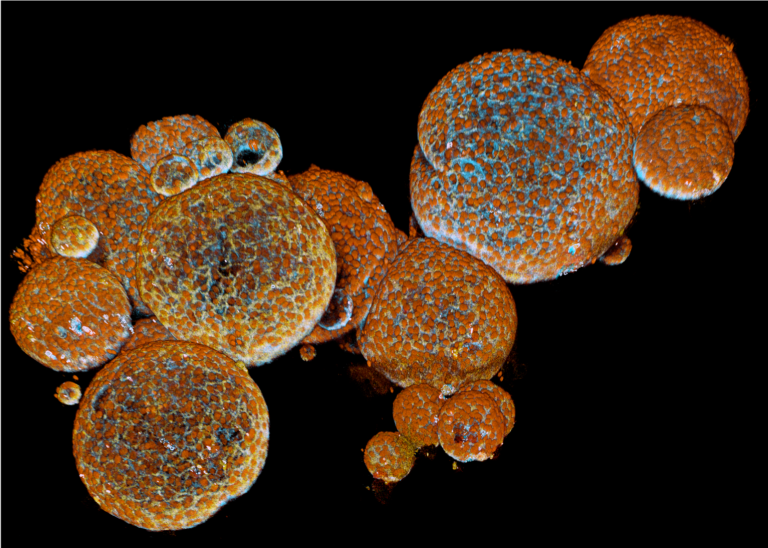
Our fellow researcher Freek Vonk and professor Hans Clevers (Hubrecht Institute, KNAW) explained a publication in Cell last night at the talk show 'De Wereld Draait Door'. The publication is about mini-organs that produce poison. A group of scientists from Leiden University linked to Naturalis Biodiversity Center and the Hubrecht Institute have succeeded in growing organoids, as it were mini-organs, in the form of poison glands.
Puzzlearound snake venom
The uniquely cultivated venom glands originate from the Cape coral corbra (Aspidelaps lubricus cowlesi), a poisonous snake that only occurs in parts of South Africa. The snake uses its poison to paralyze or kill its prey or to defend itself. There are even people known who passed away as a result of a bite of the Cape Coral Cobra.
Why have the venom glands of this snake been grown in petri dishes? There is still a great mystery about the effects of snake venom. "The venom of snakes contains dozens of different components. These are extremely powerful molecules that can have a toxic effect on various organs, such as your brain, heart and blood vessels. Many of these components can be used in drug development," said Professor Hans Clevers in an interview of the Volkskrant against Maarten Keulenmans.
In addition to the use in medicines, the development of antidote is essential. More than 100,000 people still die each year from snake bites, particularly in developing countries. For the time being, the method of producing antidote was the same as about hundred years ago. Fortunately, that can now change thanks to the poison-producing organoids.
SnakeLiverpool, credit: Liverpool School of Tropical Medicine.
If you are seeking for more information see this page in Dutch.